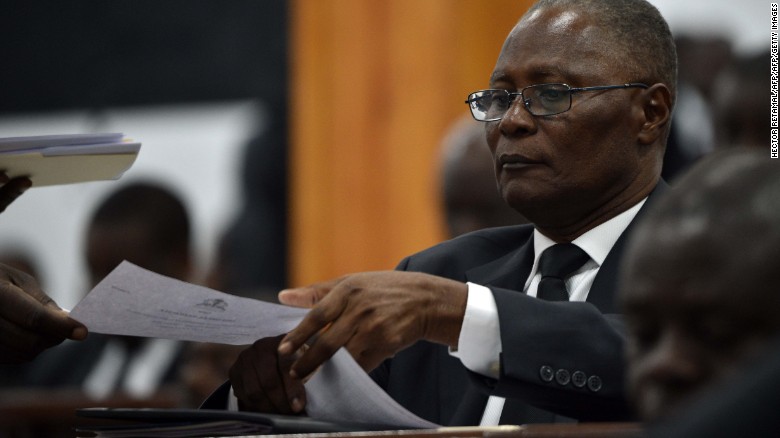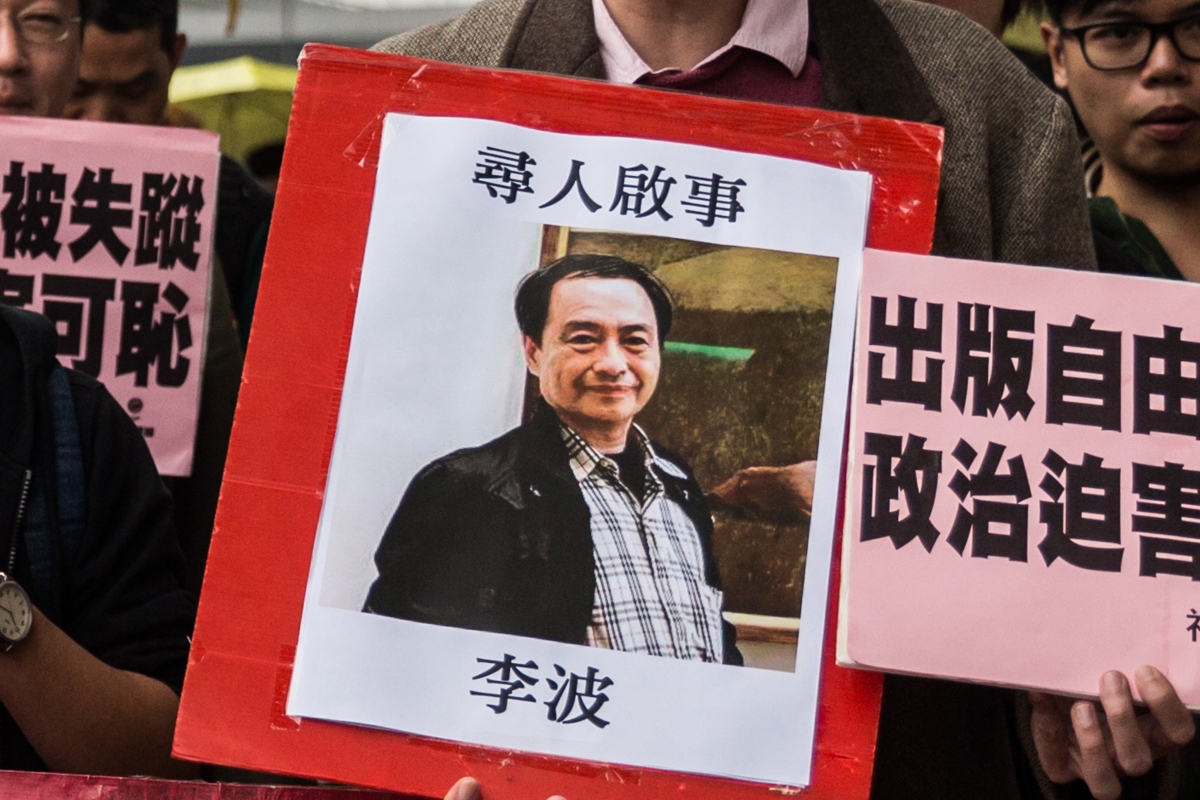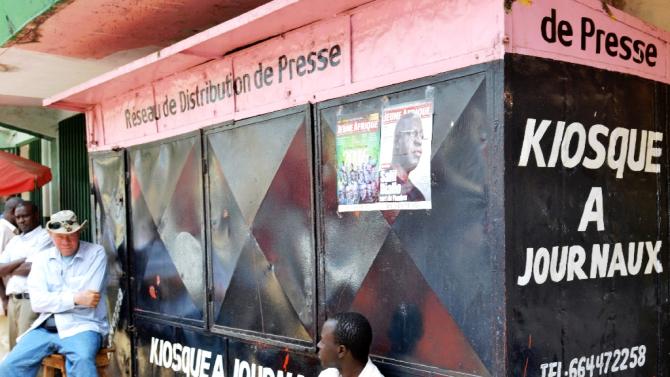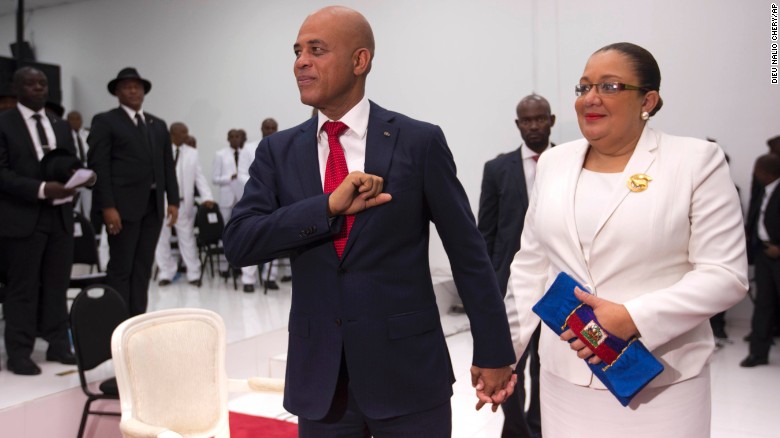By Samuel Miller
Impunity Watch Reporter, North America and Oceania
PORT-AU-PRINCE, Haiti — Legislators in Haiti have chosen an interim president for the country, the first step toward addressing the void left when former president Michel Martelly left office without a successor. Jocelerme Privert, 62, was elected yesterday to be Haiti’s interim president to fill the vacuum following the departure of former President Michel Martelly last week.

Interim President Privert vowed to complete elections and hand power over to the future-elected president.
Opposition parties had called for the establishment of an interim administration to oversee fresh elections in the country and had taken to the streets protesting the outcome of the first round of balloting on August 24 last year as well as preventing the staging of the second round of the Presidential Elections on January 24 this year. Haiti canceled the runoff presidential election in January amid violent protests over alleged fraud in the first round and after the opposition candidate boycotted the vote.
In a speech before he was elected, Privert vowed to ‘foster confidence across society, ensure stability, and hold the much-delayed run-off vote as soon as possible”.
Following his election, he proclaimed at the inauguration ceremony, “We have shown that we can transcend our differences and our quarrels in favor of the public interest. We should welcome the peaceful and inclusive nature of this new step in resolving the crisis.”
Privert faces a daunting task in the coming days and weeks: his first job will be to select a consensus prime minister and government.
Additionally, one of the major challenges ahead will be to reach an agreement about who can participate in the election. Many parties rejected the October results that led to a two-man race between opposition candidate Jude Celestin and ruling party favorite Jovenel Moise, citing voter fraud and corruption.
In an interesting note, Privert served as Interior Minister under former President Jean-Bertrand Aristide. It is believed that Privert’s selection could help calm the protests led by factions of Aristide’s Lavalas movement, which believed the elections organized under Martelly were not free and fair.
After former President Aristide was forced from power in 2004 by armed groups, Privert was jailed for two years on charges that he orchestrated a massacre of Aristide’s opponents. The charges were later dropped.
Another opposition party, a breakaway faction of Aristide’s movement called ‘Platform Pitit Dessalines’, called for Privert to create a balanced electoral council acceptable to all sides.
A new election is expected to be held April 24, and new president sworn in three weeks later on May 14th.
For more information, please see:
Jamaica Observer – Haiti elects interim president – 15 February 2016
Al Jazeera America – Haiti inaugurates interim president – 14 February 2016
BBC News – Haiti chooses interim president – 14 February 2016
CNN – Haiti gets new president — for 120 days – 14 February 2016
United Press International – Haitian lawmakers choose interim president – 14 February 2016



